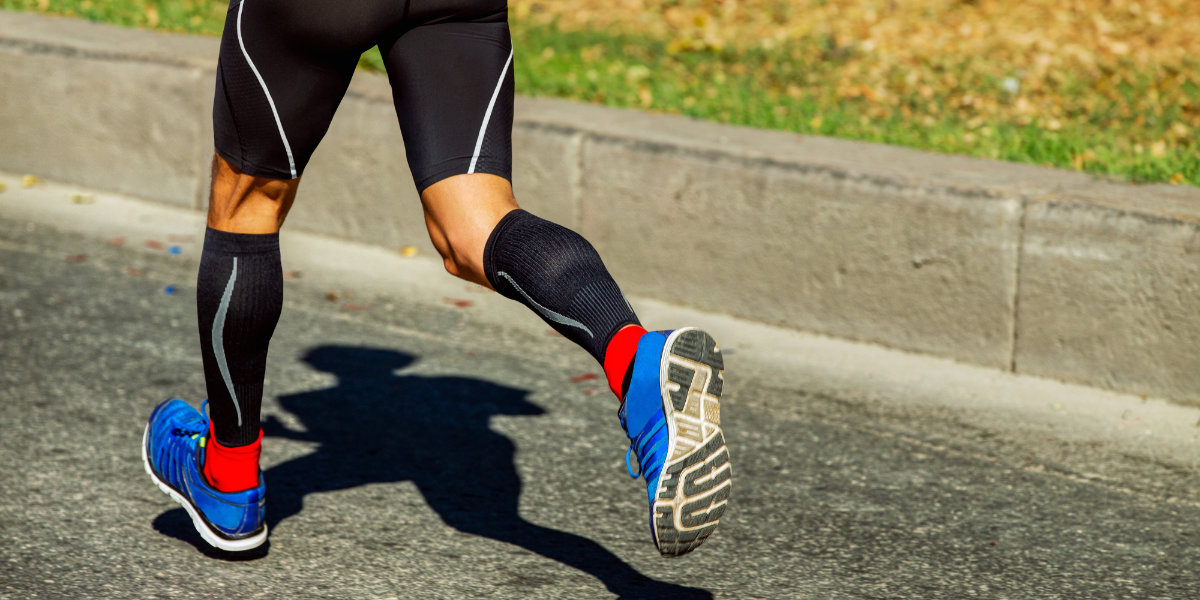The Truth About Compression & Edema
Edema, the medical term for swelling, is the result of capillaries (the smallest blood vessels in the human body) leaking fluid into nearby tissue. Edema may be the result of several mechanisms, including:
- Excessive force, or pressure inside the blood vessels
- A force outside of the blood vessel causes fluid to be drawn out
- Fluid loss due to a compromised blood vessel wall
During the initial phase of tissue healing, there is an influx of chemical mediators which results in an increase in blood flow and capillary permeability. This causes extra fluid to accumulate in the surrounding tissue and causes swelling. This response allows more white blood cells (infection-fighting cells) to enter the affected area making it an important component of tissue healing. However, the edema also inhibits contractile tissues and can significantly limit the injured area’s function. Making it a marker for activity restrictions, and return to activity following an injury. As well, as a sign of performance inhibition.
Edema can also result from sitting in one position for too long, high intake of sodium (salty food), pregnancy, and menstruation, as well as a side effect of some medications. It can also be a sign of a more serious underlying medical condition. For the purpose of this article, we will focus on peripheral edema (swelling in the limbs) as a result of injury and activity.
Symptoms of peripheral edema include swelling of the injured/affected area(s), causing a tightening and puffiness of the surrounding skin. It may also cause the skin to appear shiny. In more serious cases of swelling, an indentation may appear following the application of pressure to the area. This is known as pitting edema. The swelling from peripheral edema will increase or decrease with changes in body position; gravity-dependent.
One of the safest and most effective treatments for the control and prevention of edema is to wear prescription compression stockings or sleeves. These medical-grade stockings are designed to exert a precise amount of constant pressure. They work by compressing your veins, arteries, and muscles, which forces your blood through narrower channels, and increase the pressure. The increase in pressure causes an increase in the volume of deoxygenated blood returning to the heart (venous return) and leaves less to pool in the affected area.
Resources
Baechle, T. Earle, R. (2008). Essentials of strength training and conditioning. Human Kinetics, 3, 529.
